CHEMICAL IDENTIFICATION
-
RTECS NUMBER :
-
GX1440000
-
CHEMICAL NAME :
-
Cyclohexylamine, hydrochloride
-
CAS REGISTRY NUMBER :
-
4998-76-9
-
LAST UPDATED :
-
199712
-
DATA ITEMS CITED :
-
19
-
MOLECULAR FORMULA :
-
C6-H13-N.Cl-H
-
MOLECULAR WEIGHT :
-
135.66
HEALTH HAZARD DATA
ACUTE TOXICITY DATA
-
TYPE OF TEST :
-
LD50 - Lethal dose, 50 percent kill
-
ROUTE OF EXPOSURE :
-
Oral
-
SPECIES OBSERVED :
-
Rodent - rat
-
DOSE/DURATION :
-
720 mg/kg
-
TOXIC EFFECTS :
-
Behavioral - muscle weakness Behavioral - muscle contraction or spasticity Behavioral - coma
-
TYPE OF TEST :
-
LDLo - Lowest published lethal dose
-
ROUTE OF EXPOSURE :
-
Intraperitoneal
-
SPECIES OBSERVED :
-
Rodent - rat
-
DOSE/DURATION :
-
350 mg/kg
-
TOXIC EFFECTS :
-
Sense Organs and Special Senses (Eye) - lacrimation Gastrointestinal - changes in structure or function of salivary glands Skin and Appendages - hair
-
TYPE OF TEST :
-
LD50 - Lethal dose, 50 percent kill
-
ROUTE OF EXPOSURE :
-
Oral
-
SPECIES OBSERVED :
-
Rodent - mouse
-
DOSE/DURATION :
-
760 mg/kg
-
TOXIC EFFECTS :
-
Behavioral - muscle weakness Behavioral - muscle contraction or spasticity Behavioral - coma
-
TYPE OF TEST :
-
LD50 - Lethal dose, 50 percent kill
-
ROUTE OF EXPOSURE :
-
Intraperitoneal
-
SPECIES OBSERVED :
-
Rodent - mouse
-
DOSE/DURATION :
-
300 mg/kg
-
TOXIC EFFECTS :
-
Behavioral - excitement Gastrointestinal - changes in structure or function of salivary glands Lungs, Thorax, or Respiration - other changes
-
TYPE OF TEST :
-
LDLo - Lowest published lethal dose
-
ROUTE OF EXPOSURE :
-
Intravenous
-
SPECIES OBSERVED :
-
Mammal - dog
-
DOSE/DURATION :
-
200 mg/kg
-
TOXIC EFFECTS :
-
Sense Organs and Special Senses (Eye) - mydriasis (pupillary dilation) Behavioral - convulsions or effect on seizure threshold Cardiac - pulse rate increase, without fall in BP
-
TYPE OF TEST :
-
LD50 - Lethal dose, 50 percent kill
-
ROUTE OF EXPOSURE :
-
Oral
-
SPECIES OBSERVED :
-
Rodent - guinea pig
-
DOSE/DURATION :
-
520 mg/kg
-
TOXIC EFFECTS :
-
Behavioral - muscle weakness Behavioral - muscle contraction or spasticity Behavioral - coma
-
TYPE OF TEST :
-
TDLo - Lowest published toxic dose
-
ROUTE OF EXPOSURE :
-
Oral
-
SPECIES OBSERVED :
-
Rodent - rat
-
DOSE/DURATION :
-
432 mg/kg/30D-I
-
TOXIC EFFECTS :
-
Blood - normocytic anemia Blood - changes in leukocyte (WBC) count Biochemical - Enzyme inhibition, induction, or change in blood or tissue levels - phosphatases
-
TYPE OF TEST :
-
TDLo - Lowest published toxic dose
-
ROUTE OF EXPOSURE :
-
Oral
-
SPECIES OBSERVED :
-
Rodent - rat
-
DOSE/DURATION :
-
219 gm/kg/2Y-C
-
TOXIC EFFECTS :
-
Behavioral - food intake (animal) Kidney, Ureter, Bladder - changes in bladder weight Nutritional and Gross Metabolic - weight loss or decreased weight gain
-
TYPE OF TEST :
-
TDLo - Lowest published toxic dose
-
ROUTE OF EXPOSURE :
-
Oral
-
SPECIES OBSERVED :
-
Rodent - rat
-
DOSE/DURATION :
-
9100 mg/kg/13W-C
-
TOXIC EFFECTS :
-
Behavioral - fluid intake Nutritional and Gross Metabolic - weight loss or decreased weight gain Related to Chronic Data - changes in ovarian weight
-
TYPE OF TEST :
-
TDLo - Lowest published toxic dose
-
ROUTE OF EXPOSURE :
-
Oral
-
SPECIES OBSERVED :
-
Rodent - rat
-
DOSE/DURATION :
-
45 gm/kg/13W-C
-
TOXIC EFFECTS :
-
Nutritional and Gross Metabolic - weight loss or decreased weight gain Related to Chronic Data - changes in testicular weight
-
TYPE OF TEST :
-
TDLo - Lowest published toxic dose
-
ROUTE OF EXPOSURE :
-
Oral
-
DOSE :
-
32400 mg/kg
-
SEX/DURATION :
-
male 90 day(s) pre-mating
-
TOXIC EFFECTS :
-
Reproductive - Paternal Effects - spermatogenesis (incl. genetic material, sperm morphology, motility, and count) Reproductive - Paternal Effects - testes, epididymis, sperm duct
-
TYPE OF TEST :
-
TDLo - Lowest published toxic dose
-
ROUTE OF EXPOSURE :
-
Oral
-
DOSE :
-
1 gm/kg
-
SEX/DURATION :
-
female 6-15 day(s) after conception
-
TOXIC EFFECTS :
-
Reproductive - Effects on Embryo or Fetus - extra-embryonic structures (e.g., placenta, umbilical cord) Reproductive - Effects on Embryo or Fetus - fetotoxicity (except death, e.g., stunted fetus)
-
TYPE OF TEST :
-
TDLo - Lowest published toxic dose
-
ROUTE OF EXPOSURE :
-
Oral
-
DOSE :
-
1 gm/kg
-
SEX/DURATION :
-
female 6-15 day(s) after conception
-
TOXIC EFFECTS :
-
Reproductive - Fertility - post-implantation mortality (e.g. dead and/or resorbed implants per total number of implants)
-
TYPE OF TEST :
-
Sperm Morphology
MUTATION DATA
-
TEST SYSTEM :
-
Rodent - hamster
-
DOSE/DURATION :
-
600 mg/kg/3D (Continuous)
-
REFERENCE :
-
FCTXAV Food and Cosmetics Toxicology. (London, UK) V.1-19, 1963-81. For publisher information, see FCTOD7. Volume(issue)/page/year: 13,415,1975 *** NIOSH STANDARDS DEVELOPMENT AND SURVEILLANCE DATA *** NIOSH OCCUPATIONAL EXPOSURE SURVEY DATA : NOES - National Occupational Exposure Survey (1983) NOES Hazard Code - X5404 No. of Facilities: 4290 (estimated) No. of Industries: 48 No. of Occupations: 43 No. of Employees: 53611 (estimated) No. of Female Employees: 16742 (estimated)
|
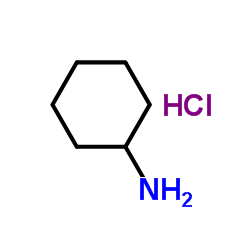
 CAS#:108-91-8
CAS#:108-91-8 CAS#:1122-56-1
CAS#:1122-56-1 CAS#:91524-52-6
CAS#:91524-52-6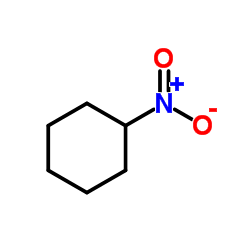 CAS#:1122-60-7
CAS#:1122-60-7 CAS#:19573-22-9
CAS#:19573-22-9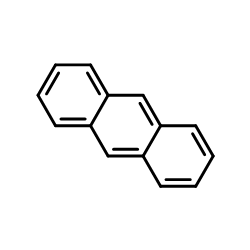 CAS#:120-12-7
CAS#:120-12-7 CAS#:18143-33-4
CAS#:18143-33-4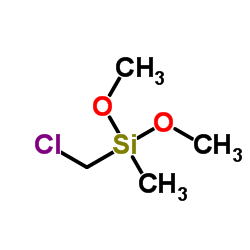 CAS#:2212-11-5
CAS#:2212-11-5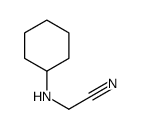 CAS#:1074-58-4
CAS#:1074-58-4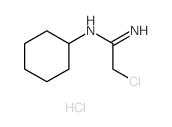 CAS#:19412-46-5
CAS#:19412-46-5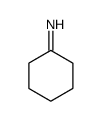 CAS#:22554-30-9
CAS#:22554-30-9 CAS#:26307-01-7
CAS#:26307-01-7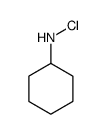 CAS#:52185-81-6
CAS#:52185-81-6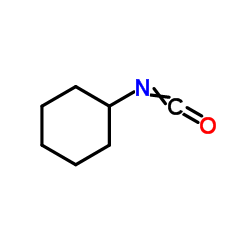 CAS#:3173-53-3
CAS#:3173-53-3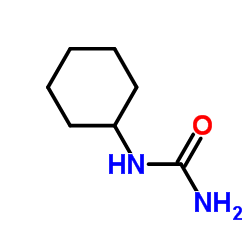 CAS#:698-90-8
CAS#:698-90-8 CAS#:766-93-8
CAS#:766-93-8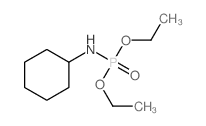 CAS#:32405-88-2
CAS#:32405-88-2
